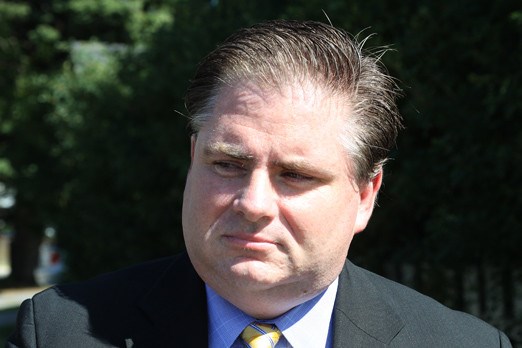The upcoming provincial election will be an historic one, at least in the way people vote, Ontario’s chief electoral officer says.
Starting Sept. 8, one day after the writ drops, voters will have 29 days and several ways to cast their ballots. Eligible voters can show up at a returning office, request a mail-in ballot or participate in the traditional 10 days of advance polls, Greg Essensa said on Thursday.
He was in Thunder Bay promoting changes to Ontario’s elctoral laws, which includes for the first time ever, assistive voting technology for people with disabilities.
"So that they can ensure that they can actually vote completely secretly and independently," Essensa said.
There is also Election Day, officially Oct. 6, when more than 24,000 polls in 107 electoral districts with more than 70,000 volunteers ready for voters.
Essensa said Elections Ontario is mandated to help people know when, where and how to vote. The organization is also trying to make voting as easy as possible and may embrace technology in the future.
Starting Jan. 1, 2012, Essensa wants to launch a pilot project for online or over-the-phone voting in Ontario. Requests for proposals are expected to go out within five weeks to see if there are companies who can develop the required network for electronic voting in the province.
That’s a long way from Ontario’s first provincial election in 1867, when people had to travel for days by horse to cast a ballot.
"We’re certainly investigating it. We’re looking into it. Hopefully if we have a byelection in 2012 we would be in a position to pilot something," Essensa said.
But with all of the options out there, it’s ultimately up to voters to show up and cast a ballot, something that’s been on the decline with recent elections at every level of government.
Essensa said while Elections Ontario is there to make voting easy, actually getting out the vote is a shared responsibility that includes political parties, the media and voters themselves.
"The voter has a role to perform by becoming engaged becoming informed," Essensa said. "Ultimately they have the ultimate choice which is who to vote for."
Ontario’s 2007 voter turnout was a record low at 52.6 per cent.





